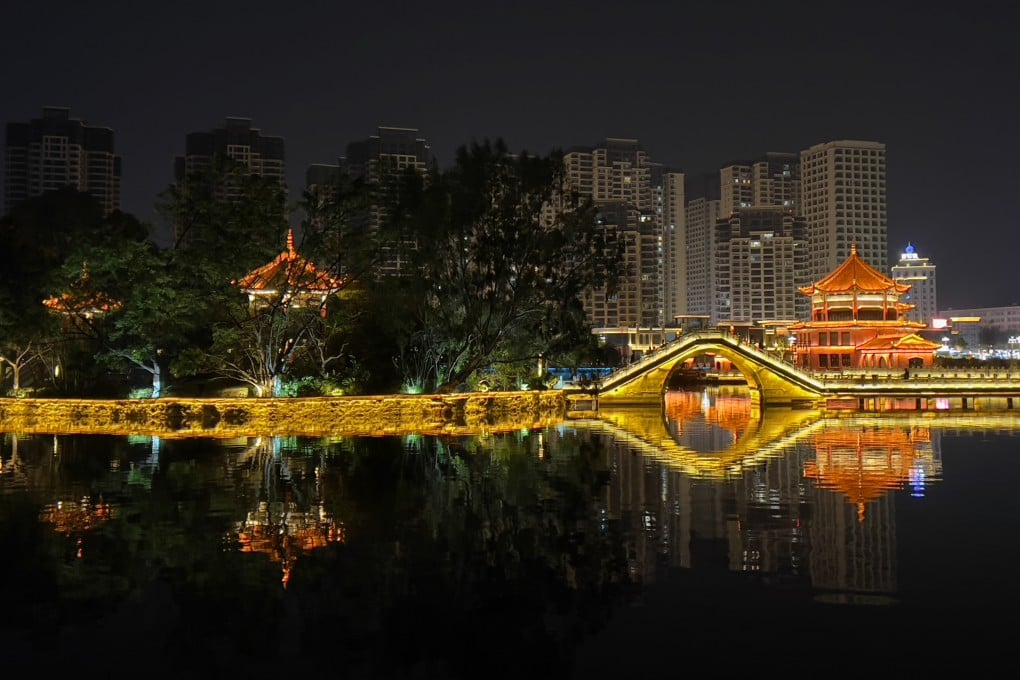‘A piece of China mislaid’: in Mengzi, Yunnan, charming traces of its time as treaty port
- For a few years in the early 20th century, obscure Mengzi in southwest China was important. Relics of that time await visitors today

“Yunnan is a forgotten province, a piece of China mislaid by the world,” wrote the British novelist Stella Benson when she was living in Mengzi, not far from the Vietnamese border, in the 1920s.
A century later, even though in recent times this once bandit-haunted backwater has grown into a prefectural capital, the description still seems to fit.
“Didn’t I see you at the railway station a few days ago,” asks more than one taxi driver.
The lone foreigner stands out.

But in Benson’s time Mengzi was better known than it is today.
Sited in the middle of an agricultural plain rimmed with mountains, 1,400 metres (4,500 feet) above sea level, it was home to a community of consuls and customs officers, railwaymen and writers, who lived and worked in buildings around a lake outside the city’s east gate.
